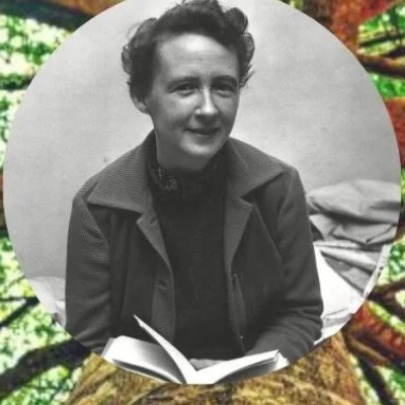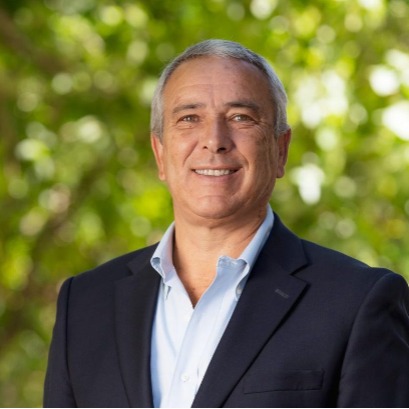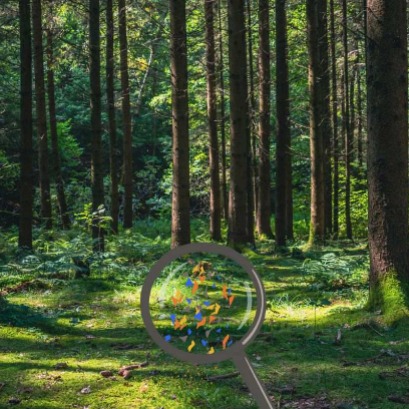
Since 2,000 were not enough, he planted 130,000 trees: he challenged the desert and turned it into an oasis
Its story is a testament to the human capacity to transform the environment through conscious action and respect for nature.
Wendy Campbell-Purdie was a New Zealand pioneer, planting trees she fought against desertification and was known for her work creating oases in the Sahara Desert. Her innovative approach and dedication to reforestation in arid areas made her a leading figure in the history of environmental conservation. Born into a farming family in New Zealand, Campbell-Purdie developed a deep connection with nature from a young age. In the 1950s, he worked in Corsica for a logging company, where he became familiar with tree felling and its effects on the environment. This experience awakened in her a concern about desertification and the loss of biodiversity, motivating her to seek practical solutions to reverse these processes. Since 2,000 were not enough, she planted 130,000 trees: she challenged the desert and turned it into an oasis. In 1964, she moved to Tiznit, Morocco, with a one-way ticket due to economic limitations. There, he planted 2,000 trees, including Corsican pines, achieving a survival rate of 80%. This project demonstrated that it was possible to regenerate arid lands by planting trees, creating microclimates that favored agriculture and biodiversity. Following Algerias independence in 1962, Campbell-Purdie moved to Bou Saâda, where the government allocated him a 100-hectare plot of land previously used as a military landfill. With the support of the Algerian Red Cross, he planted 130,000 trees, including olive trees, citrus trees, figs, cypresses, acacias and eucalyptus trees. Despite challenges such as flash floods and pests, it achieved an 80% survival rate. Her work inspired the Algerian government to plant a 12-meter-wide strip of trees across the country as a green barrier against the advance of the desert.Legacy and recognitionIn 1967, she published her only book, Woman Against the Desert, with an introduction by the writer Iris Murdoch. In it, he shared his experiences and convictions about the power of trees to transform arid landscapes into productive ecosystems. His work was recognized by organizations such as the International Tree Foundation and the Global Earth Repair Foundation (International Tree Foundation). Despite his declining health, Campbell-Purdie continued to promote reforestation until his death in 1985 in Athens. His legacy lives on as an example of how determination and practical knowledge can generate significant changes in the fight against desertification.
IT MAY INTEREST YOU
 Pablo Ruival will continue in front of Afoa until 2027 and ratifies forest-industria as a development engine for Argentina
Pablo Ruival will continue in front of Afoa until 2027 and ratifies forest-industria as a development engine for Argentina
The Argentine Forest Association (AFOA), an institution with almost 80 years of experience and representation of producers, companies, professionals, students and actors linked to the forestry sector, carried out its assembly of authorities for the 2025-2027 period.
 New German study discovers that forests store up to one million microplastics per square meter after decades of plastic rain
New German study discovers that forests store up to one million microplastics per square meter after decades of plastic rain
Researchers at the Technical University of Darmstadt discovered that forest floors contain large amounts of microplastics, which arrive mainly through air.
 Combilift Re-Qualifies for Deloitte Best Managed Companies Award ? 13 Years of Excellence
Combilift Re-Qualifies for Deloitte Best Managed Companies Award ? 13 Years of Excellence
Monaghan, Ireland 30.9.2025 ? Combilift , once again, has been recognised as one of Ireland?s Best Managed Companies by Deloitte, marking their 13th consecutive year receiving this prestigious accolade.





















